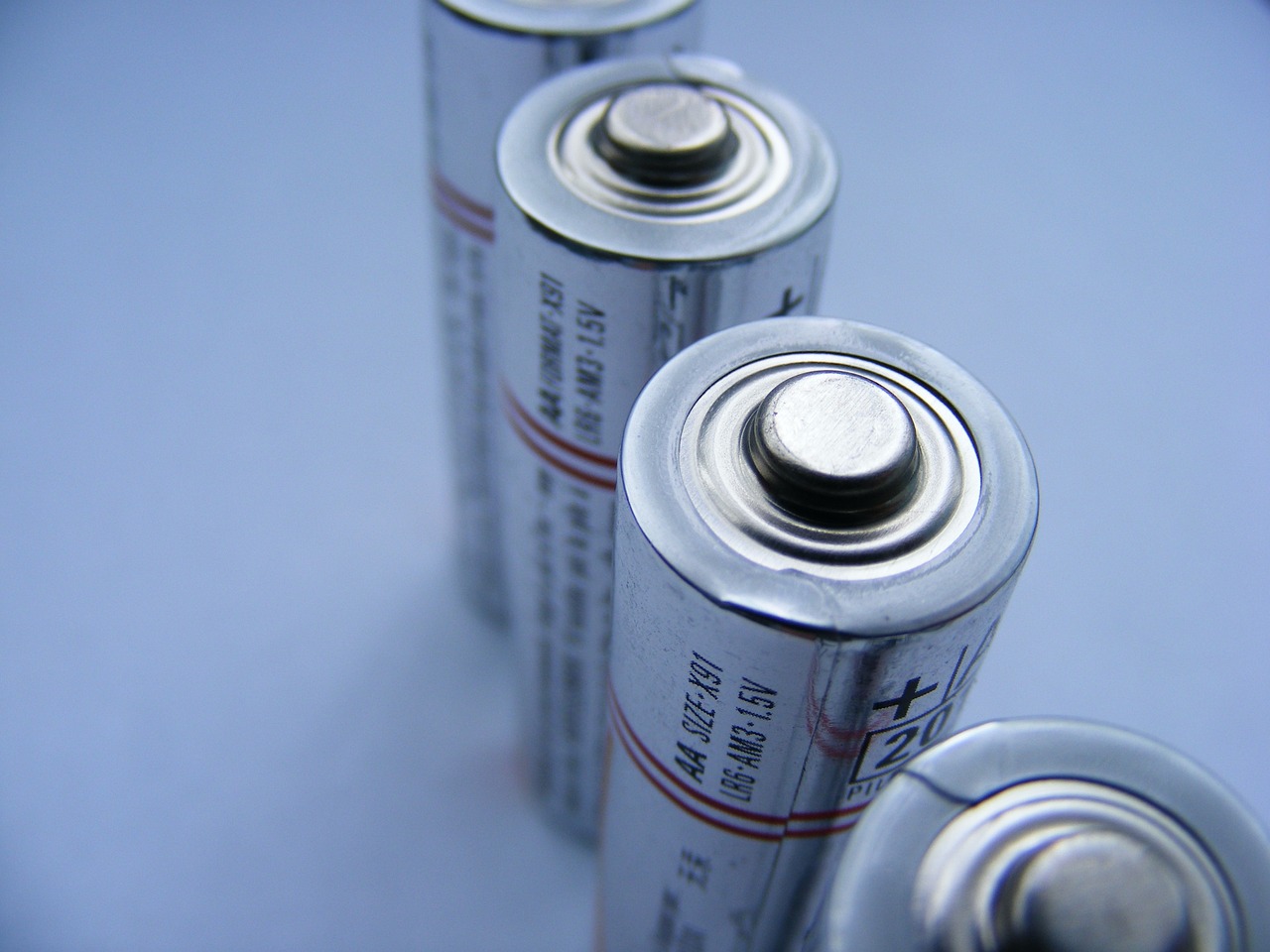This post is also available in:
 עברית (Hebrew)
עברית (Hebrew)
A team of scientists at Nanyang Technological University in Singapore have been able to develop a versatile fabric that is flexible but can become stiff on command. RoboFabric, a technology that blends geometric design, 3D printing, and robotic control, allows speedy production of medical devices and soft robotics like drone limbs.
Inspired by the shell of pangolins and armadillos, an advanced mathematical algorithm creates an interlocking system of 3D-printed tiles, which are interconnected either by metal fibers running through narrow channels or by an external soft casing that uses continuous application of negative air pressure or vacuum. When the fibers contract, the tiles interlock and stiffen to become strong and stable.
Among their creations, the team was able to create an elbow support which, when stiff, can assist with carrying heavier weights. They imagine a future where RoboFabric can be used to create removable casts that can strongly support fractures but can also collapse when needed.
For personalized joint support, a 3D scan of the wrist or elbow is uploaded to a software. Using a specialized algorithm, the software automatically divides the 3D model into numerous geometric tiles, which can be 3D printed within an hour. Next, metal fibers are threaded through the tiles and linked to an electric device capable of rapidly adjusting the cables’ tension. Currently, this threading process is manual, but the team anticipates automation in the future.
As reported by TechXplore, another way RoboFabric can be used is for robots and drones. For example, in their research paper, published in Science Robotics, they demonstrated a miniature robot composed of flexible wave-shaped tiles encased in an elastic envelope. By applying vacuum pressure, RoboFabric can transition between a rigid state for structural support and a soft state for flexibility. This capability enables the robot to crawl like a worm or swim in water, carrying small loads or providing protective enclosures around fragile objects. In another application, four of these robots combine to create a gripper on a drone, similar to a claw machine. The gripper also serves as a shock-absorbing pad during drone landings when curled up. In its soft state, the grippers fold neatly into the drone body without hindering its flight capabilities.
The research team’s findings were published in Advanced Materials


























